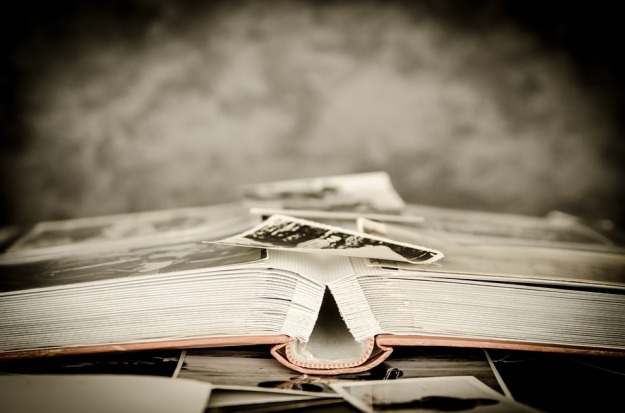
The family photo album was an appropriate medium for a not so distant past. The purpose was to store and present the special occasions captured on whatever affordable camera the family had. Tactile prints in a tangible artifact. Kodak moments were accessible to the majority; families bought into the idea that the camera could better capture their memories. The photograph would provide a piece of evidence that would be more reliable, a precise moment in time captured in one frame. A trustworthy representation. A reflection on the real world, our world, our family. The Photograph was considered a better alternative than one’s own capabilities in exercising memory, where details can become distorted and faded over time. Where some events take precedent over others, given their importance at the time of recall. The Photograph wouldn’t lie, the photograph was truth.
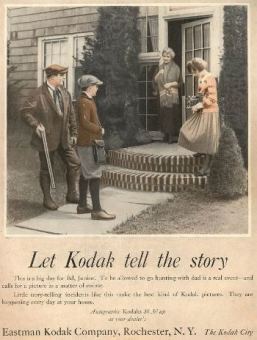 It’s not only our relationship with Photography that has changed but it’s our relationship with media. We are instant, on demand, fiber-optic consumers of the media that we choose. We want our content quick and current and we like the content that we publish ourselves, to be instantly gratified within the currency of likes and shares. The digital age or (post-digital if you will), is a fluid environment of news feeds, streams and timelines. Now this is a rich and endless world of opportunity, collaboration and ideas, people collectively can form opinions and responses through web based communications, and those people can be anywhere in the world (providing they have an internet connection of course). But within this world has come new ideas of responsibilities, language and fluency. There are jobs available now that were never conceived of 20 years ago, and there will be jobs 20 years from now that we can’t conceive presently. The digital age is established and flourishing, it will continue to grow and evolve as more and more parts of our lives become digitized, in order for efficiency, convenience or just because it can be done. In the words of George Mallory in answer to the question, ‘Why do you want to climb Mount Everest?’ ‘Because it’s there.’
It’s not only our relationship with Photography that has changed but it’s our relationship with media. We are instant, on demand, fiber-optic consumers of the media that we choose. We want our content quick and current and we like the content that we publish ourselves, to be instantly gratified within the currency of likes and shares. The digital age or (post-digital if you will), is a fluid environment of news feeds, streams and timelines. Now this is a rich and endless world of opportunity, collaboration and ideas, people collectively can form opinions and responses through web based communications, and those people can be anywhere in the world (providing they have an internet connection of course). But within this world has come new ideas of responsibilities, language and fluency. There are jobs available now that were never conceived of 20 years ago, and there will be jobs 20 years from now that we can’t conceive presently. The digital age is established and flourishing, it will continue to grow and evolve as more and more parts of our lives become digitized, in order for efficiency, convenience or just because it can be done. In the words of George Mallory in answer to the question, ‘Why do you want to climb Mount Everest?’ ‘Because it’s there.’
Just because we can.
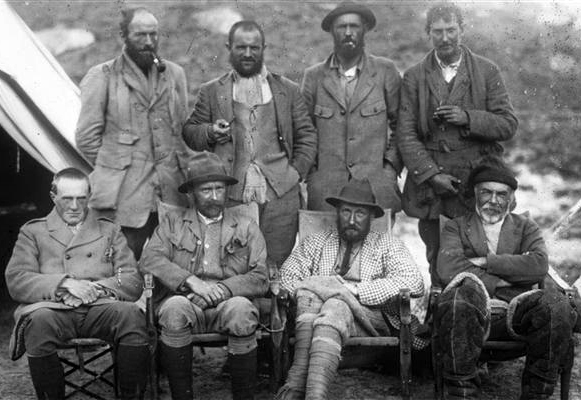
Let’s think of digital photography as a different medium to analog photography, much like painting is a different medium to sculpture. Digital photography is more suited to being duplicated and shared than its counterpart of analog photography. That combined with a camera being built into every smartphone and tablet see us taking more photographs than ever before. Add on an Internet connection and that see’s us sharing more images than we ever have before. We now take more photographs every two minutes than that were taken in the whole of the 19th century. The combination of camera accessibility and Wi-Fi has seen photography being used more frequently and for a wider range of purposes. However most images taken can still be broken down into fulfilling the purpose of documenting something. We are saying ‘I was here, I did this, I exist.’ The present tense of ‘I exist’ is important here, as with analog photography, as mentioned earlier, it was about taking a photograph to capture a memory, it was something mnemonic. We said ‘I was here, I did this, I existed.’ The difference is that the digital age has given the photograph a value in the present. Whether you’re taking a selfie outside Buckingham palace ready for Facebook or you’re instagramming your Nando’s before you eat it, the resulting photographs are about the present and for the present. They are here today and gone tomorrow as the saying goes. They are in the news feed. Some apps and social media platforms create an archive of these images you’ve shared, but seldom do we re-visit them and even more rarely print them. Apps like Snapchat are built solely on the purpose of media being fluid. It doesn’t even store the images (however I think now there is an option to do this). The point being is that the digital image and our relationship with the photograph has evolved and changed with evolving technologies. The Photograph now has more possibilities than ever. It can be everything and nothing.
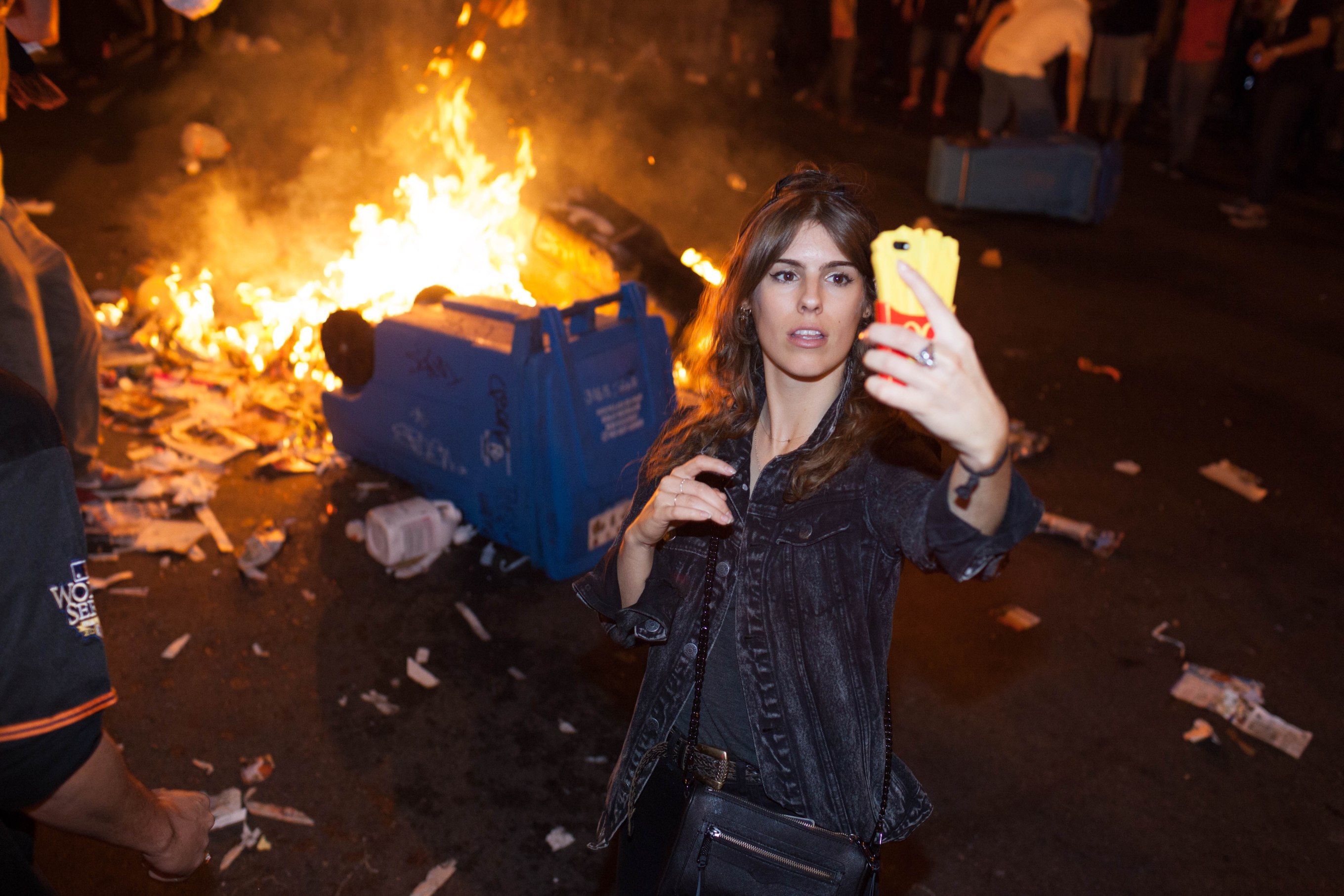
Not only has our relationship with photography changed but also has our subject matter. We are no longer negotiated by a set number of shots on a roll of film, there is the potential to take as many photos as you want, which judging by the estimate of one trillion photographs taken in 2015 alone, seems to be true. The camera can now be used to extensively accommodate our own narcissism. The photographs we produce are used to communicate with each other, a picture is faster to take and upload, than fitting everything you want to say into 140 characters, or constructing the perfect status update. One thing has stayed the same however; we are still using the camera to document ourselves, our lives and the lives of those around us. We still deem it to be a successful tool in carrying out this task. Like what was mentioned before, we can and do carry this out extensively these days, sometimes almost living and validating our lives through virtual interactions. However, back before digital, wasn’t the family album a form of validation? Didn’t the family album help us construct an idea of our place in the world, or at least help us on our way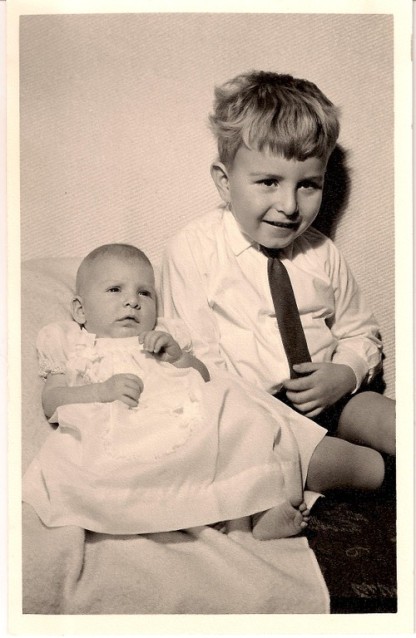
The family album isn’t dead, there hasn’t been a death of the family album, it’s more like an evolution. The family album has evolved as our relationship with photography has. The family album’s characteristics have been taken and carried on into the digital world. The nostalgia we have for the tactile image and the past has been digitally re-created through retro filters and retro themes. Combining our familiarities of the past with the present helps us go forward to the future. More people are starting to print their images because they are identifying a problem with the digital image. There is no touch or feel, smell or texture. The digital image has it’s own limitations, and the images we collect are so rarely printed. The hard drive and cloud storage is as safe as a box of prints next to a fire. People have lost megabytes and gigabytes worth of images to hard drive corruption, viruses, hacks etc. The digital image can be destroyed. You need to back up your images at least twice to have piece of mind. It is important to think about printed copies, a hard copy, just as a reassurance if anything. But then again you wouldn’t want to print every single image you take these days, even though it would be pretty impossible to do so (a trillion 6×4 prints would reach from here to the sun and back again). In the amount of images we take today, there are only going to be a few we would treasure, or very few that would be mnemonic to us. A memory we wish to keep or be reminded of. It’s almost like an editing process; we now have more power in the choice of images we keep. We have more freedom over the construction of our past. The family album itself in design and as a physical thing is what is becoming scarce. That is not to say it is dead or will cease to exist in the future. It’s just a rarity. With increased rarity comes increased value; it’s a medium that is becoming more special, a medium with more provenance. It is a medium used as a gift. I observed a student recently making a handmade photo album as a special gift for someone. There was something special or different about these photographs not being on a screen, by printing these images and placing them in an album, they gained something. They were honored as photographs as well as artifacts. They became so much more by being brought into the physical world. They were placed in a private place with the idea of forever.
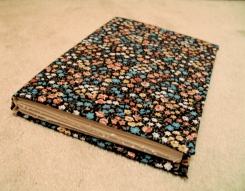
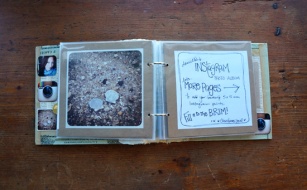
The world we live in today, if anything has shown us the importance of the things that came before. The family album, the tactile print or film photography aren’t dead, if anything they’ve been enhanced in both meaning and experience. Their charm and physicalities are amplified in the digital world, and your hearing becomes more sensitive when you cover your eyes.
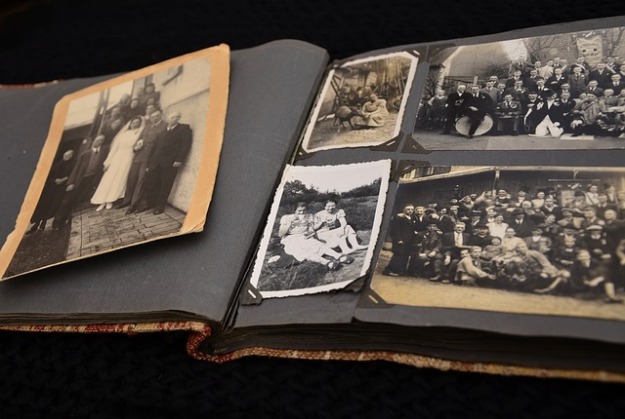
Images used in this post were licensed as Creative Commons Attribution-ShareAlike 4.0 International at the time of posting. If this is not correct at the time of reading then please get in touch.

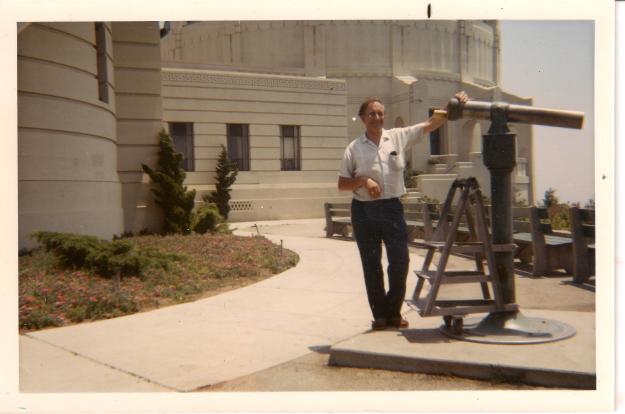
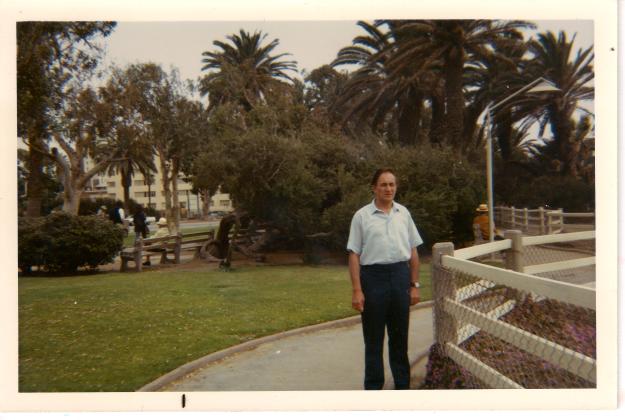
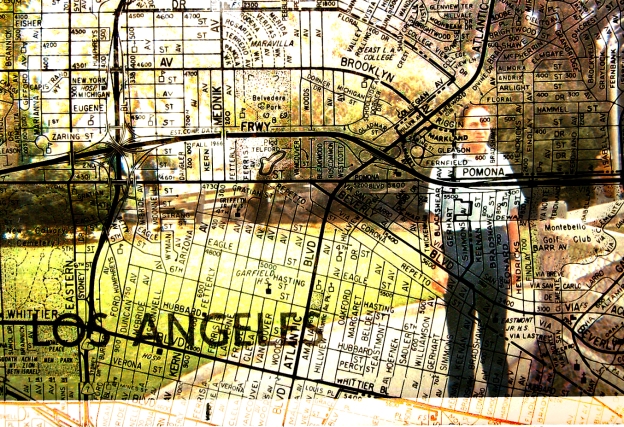

 It’s not only our relationship with Photography that has changed but it’s our relationship with media. We are instant, on demand, fiber-optic consumers of the media that we choose. We want our content quick and current and we like the content that we publish ourselves, to be instantly gratified within the currency of likes and shares. The digital age or (post-digital if you will), is a fluid environment of news feeds, streams and timelines. Now this is a rich and endless world of opportunity, collaboration and ideas, people collectively can form opinions and responses through web based communications, and those people can be anywhere in the world (providing they have an internet connection of course). But within this world has come new ideas of responsibilities, language and fluency. There are jobs available now that were never conceived of 20 years ago, and there will be jobs 20 years from now that we can’t conceive presently. The digital age is established and flourishing, it will continue to grow and evolve as more and more parts of our lives become digitized, in order for efficiency, convenience or just because it can be done. In the words of George Mallory in answer to the question, ‘Why do you want to climb Mount Everest?’ ‘Because it’s there.’
It’s not only our relationship with Photography that has changed but it’s our relationship with media. We are instant, on demand, fiber-optic consumers of the media that we choose. We want our content quick and current and we like the content that we publish ourselves, to be instantly gratified within the currency of likes and shares. The digital age or (post-digital if you will), is a fluid environment of news feeds, streams and timelines. Now this is a rich and endless world of opportunity, collaboration and ideas, people collectively can form opinions and responses through web based communications, and those people can be anywhere in the world (providing they have an internet connection of course). But within this world has come new ideas of responsibilities, language and fluency. There are jobs available now that were never conceived of 20 years ago, and there will be jobs 20 years from now that we can’t conceive presently. The digital age is established and flourishing, it will continue to grow and evolve as more and more parts of our lives become digitized, in order for efficiency, convenience or just because it can be done. In the words of George Mallory in answer to the question, ‘Why do you want to climb Mount Everest?’ ‘Because it’s there.’




